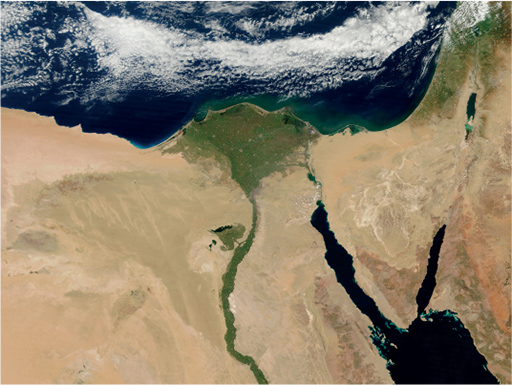1.1 What is Flooding?
Flooding occurs when an area not normally covered in water is temporarily inundated.
Rivers can flood, for example, as a result of heavy rainfall or in the spring when snow melt from higher altitudes leads to a sudden increase in the volume of water. But flooding is not something that only happens in communities located next to rivers or coastlines. There are six common types of flooding (Flood Guidance, 2009), some of which can even affect hill-top locations. Explore the types of flooding by scrolling/rolling over/clicking on the images in Figure 2.
Activity 1 Is flooding a problem?
Thinking about the types of flooding described in Figure 2, would you consider some types to be more or less problematic than others? Are there any types of flooding that might be beneficial?
Answer
All types of flooding may be problematic, depending on context. There may be loss of life, damage to property, impact on infrastructure, such as roads and rail systems, bridges and power lines. Sewer flooding, because of contamination, poses additional dangers to health. Depending on the severity and duration of the inundation, these different aspects of damage may exacerbate each other (such as in cases where large scale flooding makes roads impassable, making it difficult to rescue people or get healthcare to them).
On the other hand, flooding may be predictable, expected and harmless. If there is an adequate flood plain to take up the water from river or coastal flooding, it might not be particularly problematic. The flood can simply be left to dissipate over time.
Flooding may even be beneficial to natural or agricultural processes. Civilisation has thrived for thousands of years around the Nile in Egypt, strongly benefitting from agriculture on the flood plains. The annual silt and water deposits make the land extremely fertile. Flooding is therefore not an inherently negative event, but can be problematic if unpredictable, unexpected or badly managed.

